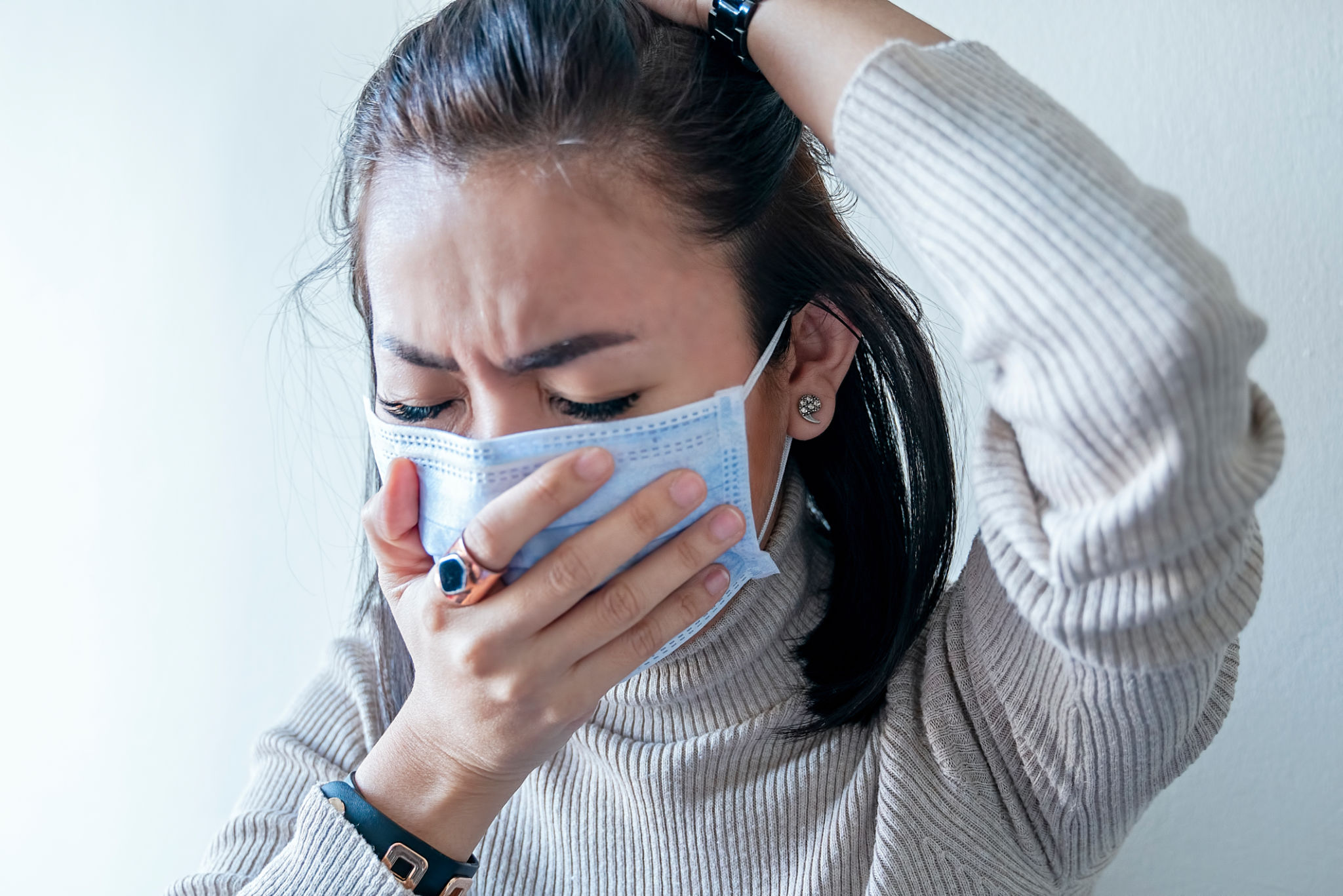What is Gonorrhoea
Gonorrhoea is a sexually transmitted infection (STI) caused by bacteria called Neisseria gonorrhoeae or gonococcus. Gonorrhoea is transmitted sexually, by oral, anal or genital sex.

What are the symptoms

The infection may spread from the cervix to the Fallopian tubes (tubes leading from the ovaries to the uterus), causing pelvic inflammatory disease (PID). Pelvic inflammatory disease due to gonorrhoea is often without symptoms, but there may be:
- fever
- low abdominal pain
- pain on intercourse.
If untreated, pelvic inflammatory disease may lead to scarring of the Fallopian tubes and ectopic (tubal) pregnancy or infertility.
Symptoms that may occur in include:
- Throat and anal infections can occur following receptive oral and anal intercourse and infections at these sites are often without symptoms.
- Joint pain and infection (arthritis).
- Conjunctivitis(inflammation of the lining of the eyelids and eye) in both adults and children. Babies born to infected mothers can become infected as they pass through the infected cervix and may develop gonococcal conjunctivitis soon after birth.
Having any sexually transmitted infection (STI) increases the risk of HIV infection if you are exposed to HIV virus while the other infection is present.
Men
In addition to the above, gonorrhoea in men causes urethritis (infection of the urethra, the urinary canal leading from the bladder to exit at the tip of the penis) causing:
- discharge of pus from the penis
- a burning sensation in the penis when urinating.
Women
In addition to the above, gonorrhoea in women usually affects the cervix (opening of the uterus at the top of the vagina) causing:
- vaginal discharge
- discomfort on urination
- bleeding between periods, often after having sex.
Treatment
- Gonorrhoea is usually treated with a course of antibiotics

